Understanding Cryolipolysis
Cryolipolysis is a non-invasive body contouring treatment designed to reduce fat cell volume by freezing. The process targets the adipose tissue and induces apoptosis, which is the gradual breakdown of fat cells, leading to a reduction in body fat without damage to other tissues.
Types and Applications of Cryolipolysis
There are various types of cryolipolysis machines, each with specific applications tailored to different body areas. Commonly used for areas like the abdomen, thighs, and back, cryolipolysis is also effective for smaller regions such as the chin and upper arms. This versatility makes it a sought-after option in clinics and spas.
Features and Functionality
Cryolipolysis equipment comes with features such as dual lipo cavitation, vacuum, and radiofrequency (RF) technology. These features work synergistically to target fat cells. The low-frequency sound waves from cavitation disrupt fat cells, which are then processed naturally by the body, while RF technology aids in skin tightening.
Material and Design Considerations
The design of cryolipolysis devices is focused on safety and efficiency, with materials that ensure durability and hygiene. The ergonomic design of applicators allows practitioners to target specific areas effectively, ensuring a comfortable experience for the user.
Advantages of Cryolipolysis
Cryolipolysis offers several advantages over traditional fat-reduction methods. It is a non-surgical alternative that requires no downtime, allowing individuals to return to daily activities immediately. The procedure is known for its safety profile and the convenience it offers to both practitioners and clients.
Conclusion
In summary, cryolipolysis is a modern approach to fat reduction that is both effective and non-intrusive. With its various applications and benefits, it stands as a significant advancement in aesthetic technology.






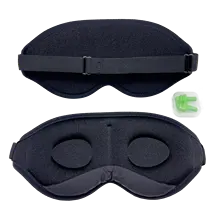










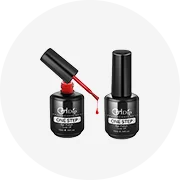




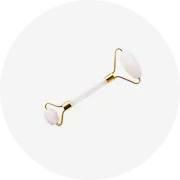

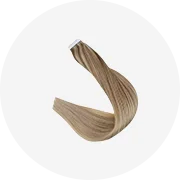
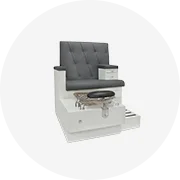










 浙公网安备 33010002000092号
浙公网安备 33010002000092号 浙B2-20120091-4
浙B2-20120091-4